The Year of Teaching Dangerously
Are High Schoolers Zoning Out on Zoom?
Teachers are trying new ways to make online learning work. Getting students to turn on their screens can sometimes be the hardest part.

Sitting on the stone benches that abut the now-quiet parking lot out front of C.K. McClatchy High School in Sacramento – which, for full disclosure, I should mention my daughter graduated from in the spring, and my son will start attending in the fall – chemistry teacher and track coach Julie Watkins ponders the upcoming school year.
Watkins is wrestling with how to teach lab-based chemistry to teenagers who are stuck home and logging on from their bedrooms. She is also trying to work out how to keep her athletes on a training regimen – sending out workout schedules via email, scheduling weekly check-ins on Zoom — when their competitions have been postponed until the spring and the district won’t allow coaches to train even small groups of athletes outdoors.
“As a teacher, it’s extremely demoralizing. You do all this planning, and nobody shows up. It’s the right thing to do, but online learning is a joke.”
–Bryan Fisher, McClatchy High School Japanese teacher
“In the spring, I was trying to be creative,” said Watkins. “I had kids do some labs at home, with materials they could somewhat easily obtain.” But there were, of course, serious limits: She couldn’t, for example, have them working with anything combustible or potentially toxic. And while she could utilize simulation-based computer programs, designed to virtually incorporate variables, Watkins was aware that simulated, computer screen bangs and flashes and all the other noises and special effects that make chemistry exciting, just weren’t, when push came to shove, the real deal. It was science-lite — better than nothing but a whole lot worse than a genuine lab-based class should be.
This fall – acutely aware that in high school grades really do matter, and cognizant of the fact that if students fall too far behind it will impact their ability to get into a quality university — Watkins is hoping the school district will allow her to at least teach remotely from her school laboratory; she wants to show the students how lab-based experiments work, even if the students themselves cannot, for the moment, have hands-on experience.
See Other Stories in This Series
Linda Collins, an employee of Child Advocates of Nevada County, is also struggling with how to make what she teaches seem immediate and real in a distance-learning world. Collins has long run a puppeteering program, funded through grants, for high schoolers in the town of Grass Valley, nestled in the foothills of the Sierras, on the way east to the Lake Tahoe region. Her students learn the methods of puppeteering, and then take their shows into elementary schools, using the puppets to teach about bullying, as well as about appropriate versus inappropriate kinds of touch. The high schoolers love this form of community service, and the puppet shows have proven useful over the years in reducing school bullying, and also in encouraging victimized young children, who are being abused at home, to come forward and talk to teachers about what is happening to them.
Now, however, Collins, like Watkins, is having to think up new methods of teaching from afar. During the school week, she will be meeting her high schoolers online. Come the weekends, she hopes to have some of her students meet — socially spaced and masked — on empty outdoor stages, so that she can record their shows and Zoom them over to nearby elementary school classes. She’s desperately keen for it to work, and for her high schoolers to be able to engage with their young audiences, but, she says sadly, “It’s still not the same as being in the classroom.”
* * *
Back in Sacramento, for Julie Watkins’ colleague, 39-year-old Japanese teacher Bryan Fisher, teaching the intricacies of the Japanese spoken and written language online has proven to be just as much of a challenge as teaching lab-based science. “English and history, you can put an article online, debate it in a Zoom meeting. But how are we going to get them to learn to write the alphabet, get them to talk? Those freshmen coming in, when I talk to them, half will have their screens off.”
If teachers at a Shasta County high school urge safety precautions and refuse to teach in person, worries one teacher, then “we’ll be the stupid jerks, the liberal elitists.”
Last spring, Fisher found that the Level Four kids whom he had taught for several years had no problem transitioning online, and pretty much all of them continued to show up to his classes. But the lower level students had distressingly poor attendance rates. Out of his 80 beginning-level students, only 10 of them, he estimated, consistently attended classes – and, he adds ruefully, his attendance rates were better than those experienced by some of the school’s other language teachers. “As a teacher,” Fisher felt, “it’s extremely demoralizing. You do all this planning, and nobody shows up. It’s the right thing to do, but online learning is a joke. Too many kids are going to tune out.”
Fisher’s springtime distance learning experience proved so disillusioning that, he says, he personally would be willing to take his chances and teach in person this fall, simply to keep his students engaged.
While that isn’t an option in Sacramento, in more rural parts of the state some school districts are planning to hold in-person classes come September. For Debbie Chrasta, a 30-year teaching veteran and cancer survivor who currently works as a math teacher and yearbook adviser at the West Valley High School in the small, far-northern town of Cottonwood, the decision to open comes with its own unique dynamic and risks. She knows that she won’t be able to hug her students like she used to; she knows that she won’t be able to lean over their shoulders to help them with math problems that they are struggling with; and that the ability to break her students out into small workgroups clustered close around a table will be limited. But she is concerned that, even with the enforcing of social spacing in the classroom, the risks will be hard to control.
Located in Shasta County, a conservative, anti-mask, anti-lockdown part of the state, Cottonwood is football-obsessed. Even though the California Interscholastic Federation has postponed state sports leagues until next year, Chrasta thinks locals will force the high schools in the small towns that dot the region to open up the football season early. “About football, they’re not going to go down without a fight,” she avers. Chrasta worries that if teachers urge safety precautions, and if those who are at higher risk of serious complications from COVID refuse to teach in person, then “we’ll be the stupid jerks, the liberal elitists.”
She also worries that high school students, absorbing anti-mask beliefs and virus conspiracy theories from their adult relatives, will simply refuse to mask up, and that, if teachers attempt to force the issue, “We won’t get support from the community.”
In Newport Beach, all the way at the other end of the state, Newport Harbor High School’s Alex Goodman believes that the COVID moment has the potential to exacerbate all of the social divisions that already are so entrenched within Californian life. But, at the same time, in his more optimistic moments the English teacher believes the potential is there to positively reinvent the education system so that it responds better to kids who are struggling academically, economically and in myriad other ways. “This is an opportunity to step out of our normal life and think about how we want things to be different,” he said. “I’m hoping schools are doing that. What are the more fundamental ways we can change the system to be kinder and more supportive of the kids, and to carry it into whatever comes after this?”
Copyright 2020 Capital & Main

-
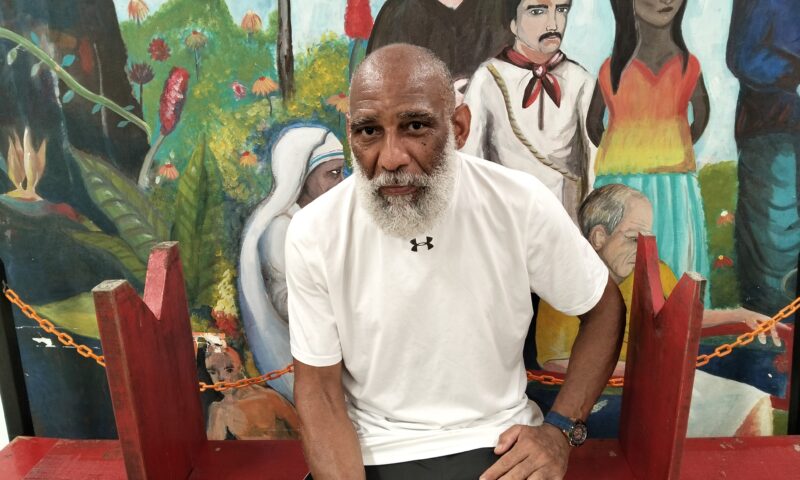
 StrandedNovember 25, 2025
StrandedNovember 25, 2025‘I’m Lost in This Country’: Non-Mexicans Living Undocumented After Deportation to Mexico
-

 Column - State of InequalityNovember 21, 2025
Column - State of InequalityNovember 21, 2025Seven Years Into Gov. Newsom’s Tenure, California’s Housing Crisis Remains Unsolved
-
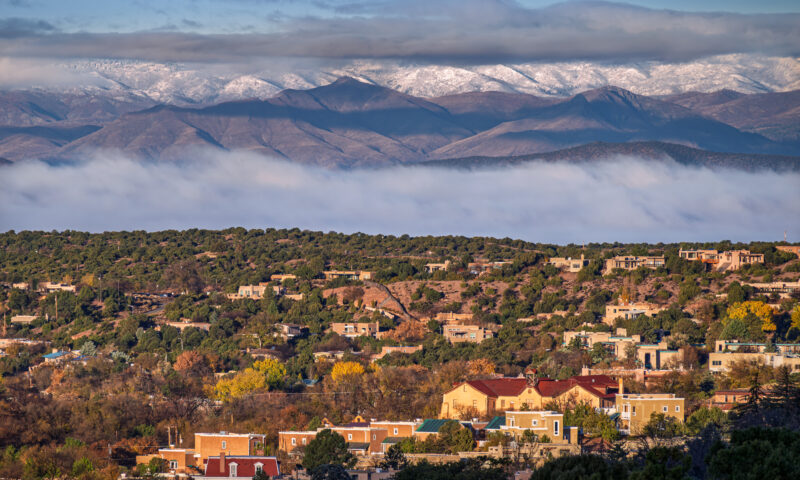
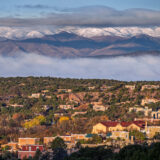 Column - State of InequalityNovember 28, 2025
Column - State of InequalityNovember 28, 2025Santa Fe’s Plan for a Real Minimum Wage Offers Lessons for Costly California
-

 The SlickNovember 24, 2025
The SlickNovember 24, 2025California Endures Whipsaw Climate Extremes as Federal Support Withers
-

 Striking BackDecember 4, 2025
Striking BackDecember 4, 2025Home Care Workers Are Losing Minimum Wage Protections — and Fighting Back
-
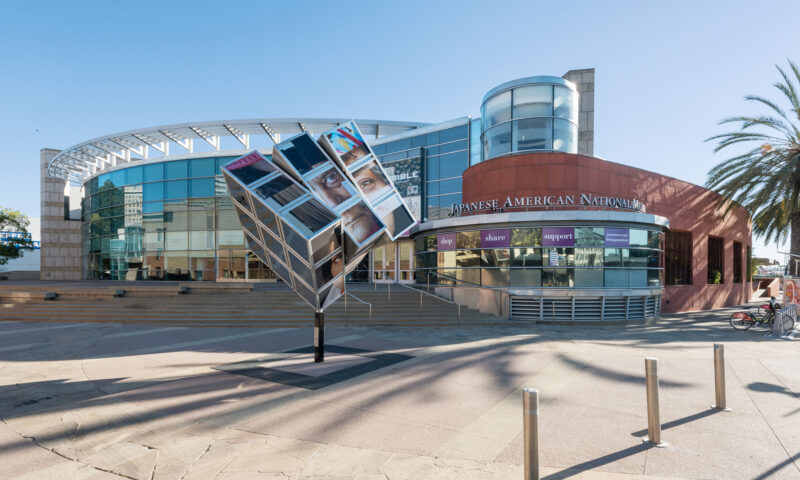
 Latest NewsDecember 8, 2025
Latest NewsDecember 8, 2025This L.A. Museum Is Standing Up to Trump’s Whitewashing, Vowing to ‘Scrub Nothing’
-
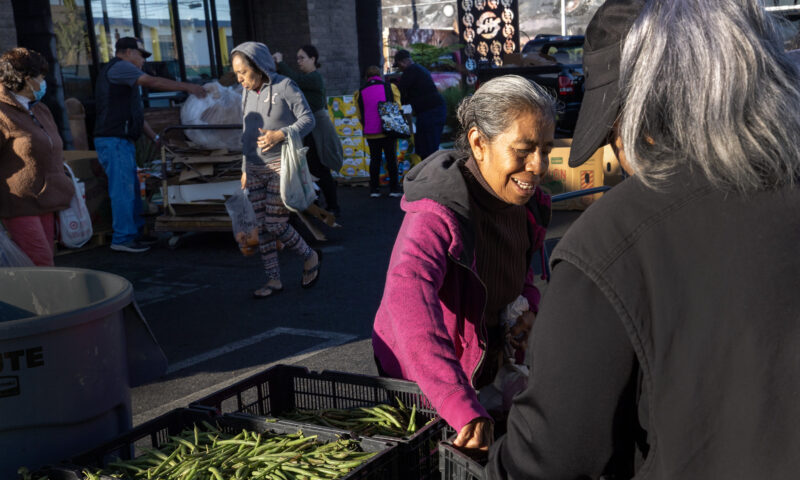
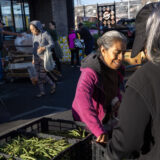 Latest NewsNovember 26, 2025
Latest NewsNovember 26, 2025Is the Solution to Hunger All Around Us in Fertile California?
-

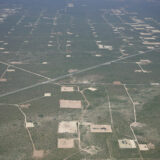 The SlickDecember 2, 2025
The SlickDecember 2, 2025Utility Asks New Mexico for ‘Zero Emission’ Status for Gas-Fired Power Plant

